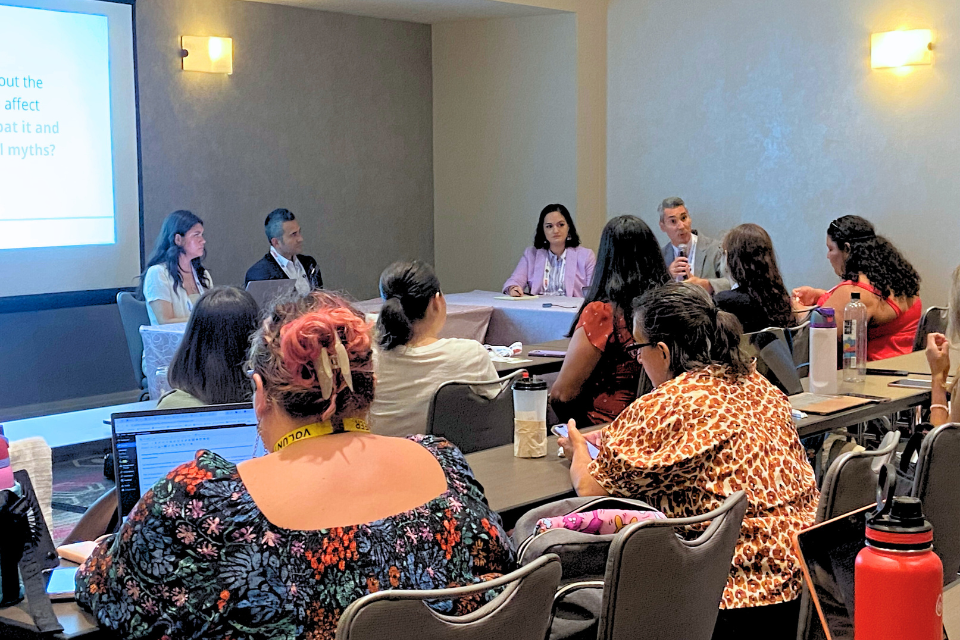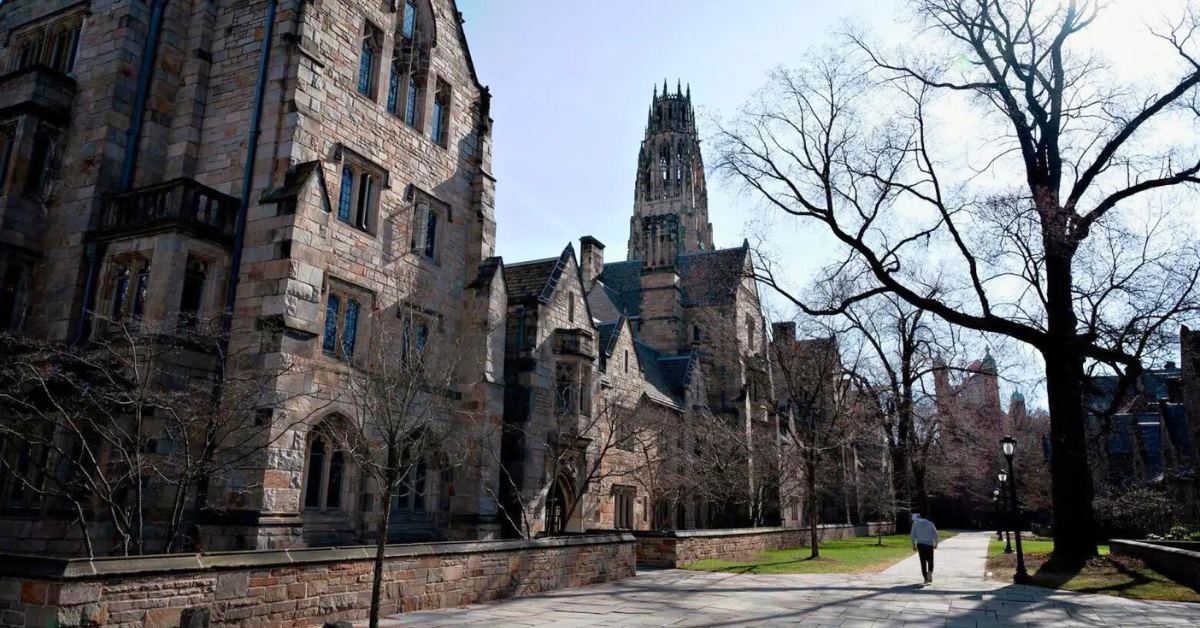The concept of multi-generational family households is now being seen more and more in the United States. This concept however has come from the rather financial necessity.
Fox News Latino is reporting that the number of shared households that included at least one adult resident who is neither student, spouse, or a cohabiting partner of the householder has jumped nationwide since 2007 when the recession began. This means that younger adult children are living with their parents and more elderly people are living with their children resulting in over crowded homes.
According to the United States Census Bureau’s American Community Survey nearly 19.8 million were considered shared households in 2007. By 2010 that number had risen to 22.2 million before dropping in 2011 to 22 million.
In New Jersey, more than 22 percent of households were shred in 2011. Only California, New York and Hawaii ranked higher by percentage.
Many cultures have a history of being a part of multi-generation households. Atlantic County (NJ) Hispanic Alliance President Bert Lopez said, “Traditionally there was more of a nuclear family in the Latino community, with grandparents living at home.”
While young Hispanics are also living at home more, Lopez said that’s less culture than the same story of economics. Lopez said, “The majority of younger Latinos have had to face the same dilemmas that other Americans have faced.”
But while the number of shared households may have dropped slightly from 2010 to 2011, the problem does not seem to be receding. Lopez said, “I haven’t seen that happen just yet, particularly with the slowdown in the casino industry locally. We’re not seeing the benefits of a turnaround just yet.”
The Census Bureau said there are definite economic reasons for the increase in shared households with, “(m)any of the adults sharing a household with relatives would have been in poverty if they had been living on their own.”



